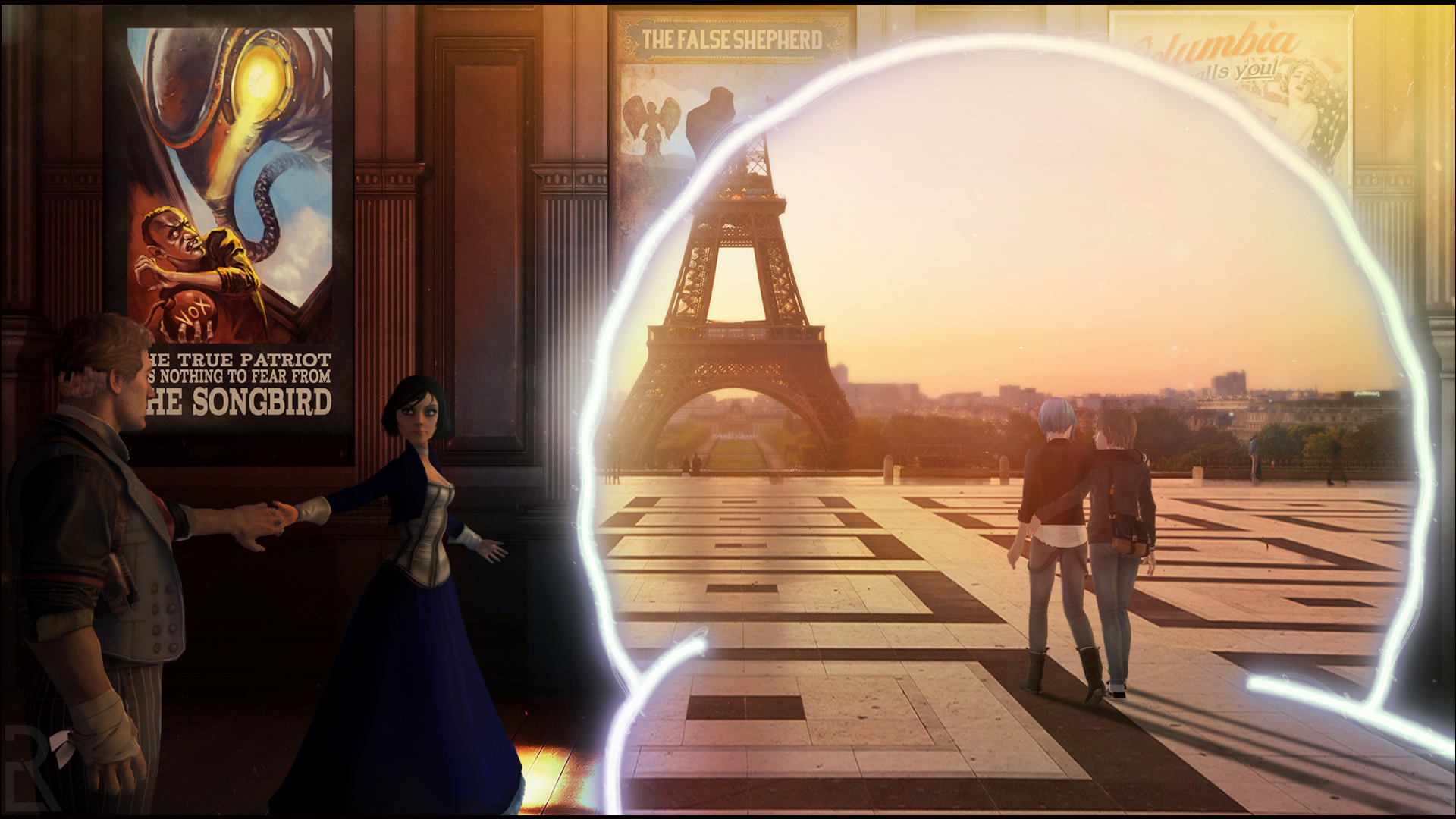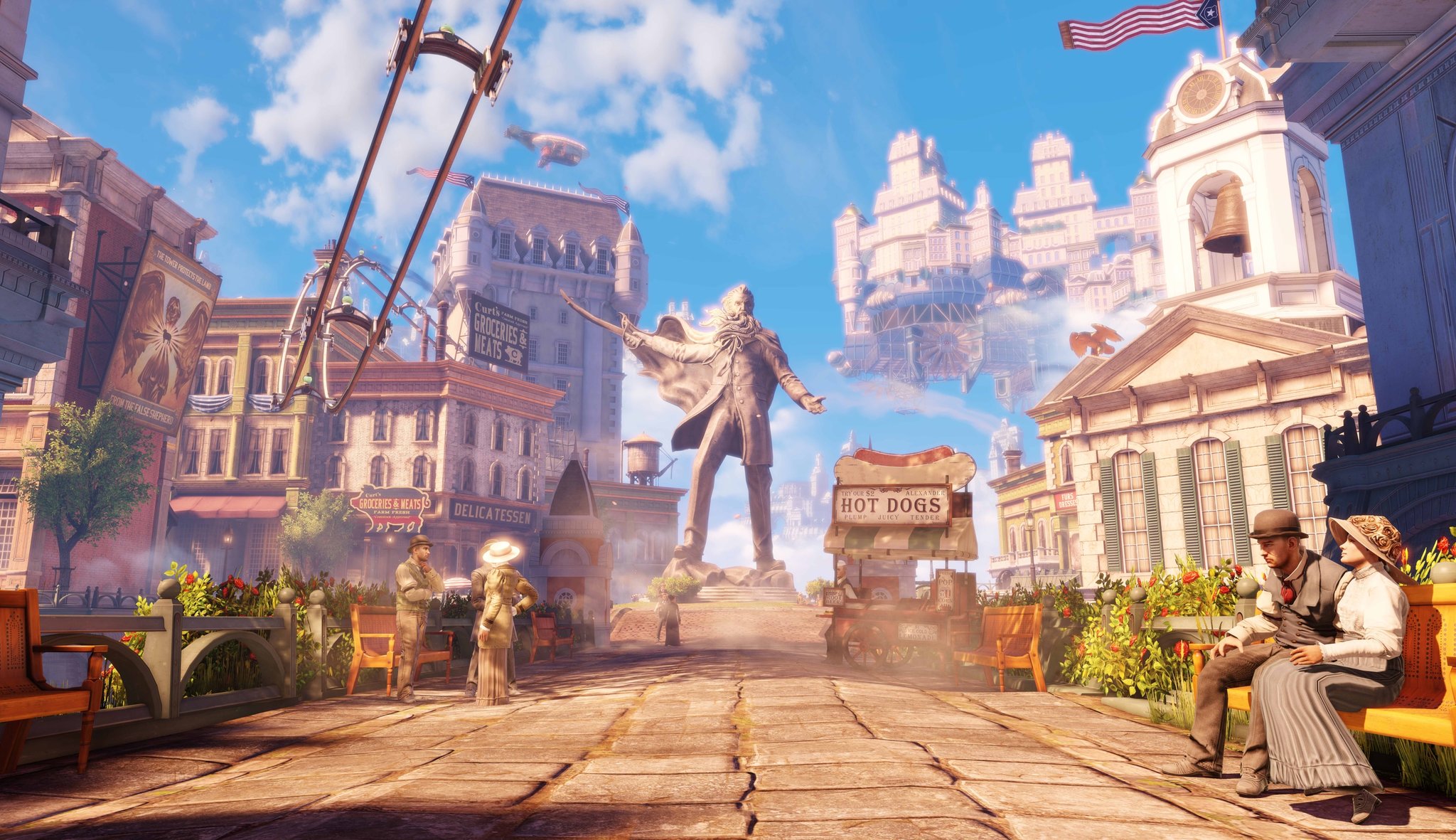Time has always been used in all types of video games as an added mechanic. Its flexibility allows for games to use it for various reasons, whether that be as a stopwatch or just a simple tracker. What sparked my interest in this topic was Queers in Love at the End of the World. The combination of an Interactive Fiction Twine Game with a time limit made me think about how it affected my interactions with the game and my perspective of it.
Time has been included in games throughout the years, all the way from Doom to Mario. Its implications vary based off the situation and change its affect on the player. Within Queers at the End of the World, I felt the time limit helped me get into the mindset of the panic that the game is set in. 10 seconds is so little time to explore so many branching options. However, on the other end of the spectrum, I felt that the time limit took me out of the game a little bit, as I wasn’t actually reading any of the dialogue, just spam clicking through any options I could in order to see different endings.
Imagine playing the same game with no time limit, and the whole point of the panic and quick choices is removed, and the game completely changes. Similar time pressures force the player to focus and be accurate in their decisions. Just like in sports where the stakes are higher because of the time pressure, players can sometimes succumb to the pressure and fault in their performance.
One of my favorite time pressure situations is in Luigi’s Balloon World. There is no relaxation when it comes to finding the balloons, and it is essentially a gamble when trying to find the balloon. Without this time limit, you are simply on a nice stroll, looking for a balloon. One simple timer can change the entire feel and environment of the game that it’s designed for.
Time can also be used to create interesting plots, such as in time loops. Time in this situation isn’t built for pressure, it’s designed to create somewhat of a frustration for the player, to go through the same scene over and over, looking for clues that haven’t been found before. This can be seen in 12 Minutes, a popular game that was released in 2020. In the game, it’s difficult to know what clues you need before you’re able to properly beat it.
Time travel is also an extremely popular mechanic, such as used in Bioshock Infinite and Life is Strange. In these games, you don’t have direct control in the game and you don’t interact with the time travel itself in the sense that the player has no choices or agency over how they time travel. In Bioshock Infinite, although there is the ability to interact with tears, the player itself is not choosing to teleport into a different time, just interacting with it. There is still a level of separation between the player and the time that Elizabeth opens. The time travel aspect is usually often only used to create interesting plots and varying environments.

This is not a super deep blog post with complex analysis, simply an appreciation and observation of how time, a simple few numbers, can completely change the meaning and feeling that games can leave on their players. I am interested to see if there are any new ways that time will be included in games in the future.


I’ve been thinking about this a lot since I started workshopping my midterm and started watching game developers react to speed runs of their games on YouTube. I find it very interesting that time can be used in games to make players play a certain way and can even be used in a sort of informal conversation between developer and player. Game developers can, for example, force players to take long elevator rides as a sort of affront to speedrunners. Filmmakers and writers obviously have the ability to make their films or novels longer or shorter, but there is not the same relationship, or tension, between player and time that there is in games — where time can be used as a barometer for success, as a mechanic, or as something that the player has to fight against in a way.
Time as a mechanic is a very interesting point to bring up, and what you say is very true. So often, games are challenging for the sole reason that you have to beat a clock. Even when not related to video games, time is used as a way of creating a challenge. When something seems too easy, it seems the easy solution is to add a timer. It almost acts as a band-aid that can fix anything. There’s a reason why almost every sport has a clock. Having time constraints forces you to be dialed in on the task at hand and adds stress to the situation, thus making a game more immersing.
I agree with you, I’ve always found time to be a super interesting part of video games, and ones that play around with the concept of time both diagetically and as a restraint in game mechanic. Queers in Love at the End of the World’s artificial time restraint in particular really highlighted to me how video games interactive nature can be used to truly differentiate it from other media. The artificial limit of ten seconds causes the player stress, forces them to choose an option perhaps more quickly than they’d otherwise have liked to, at the threat of their choice being taken away from them.